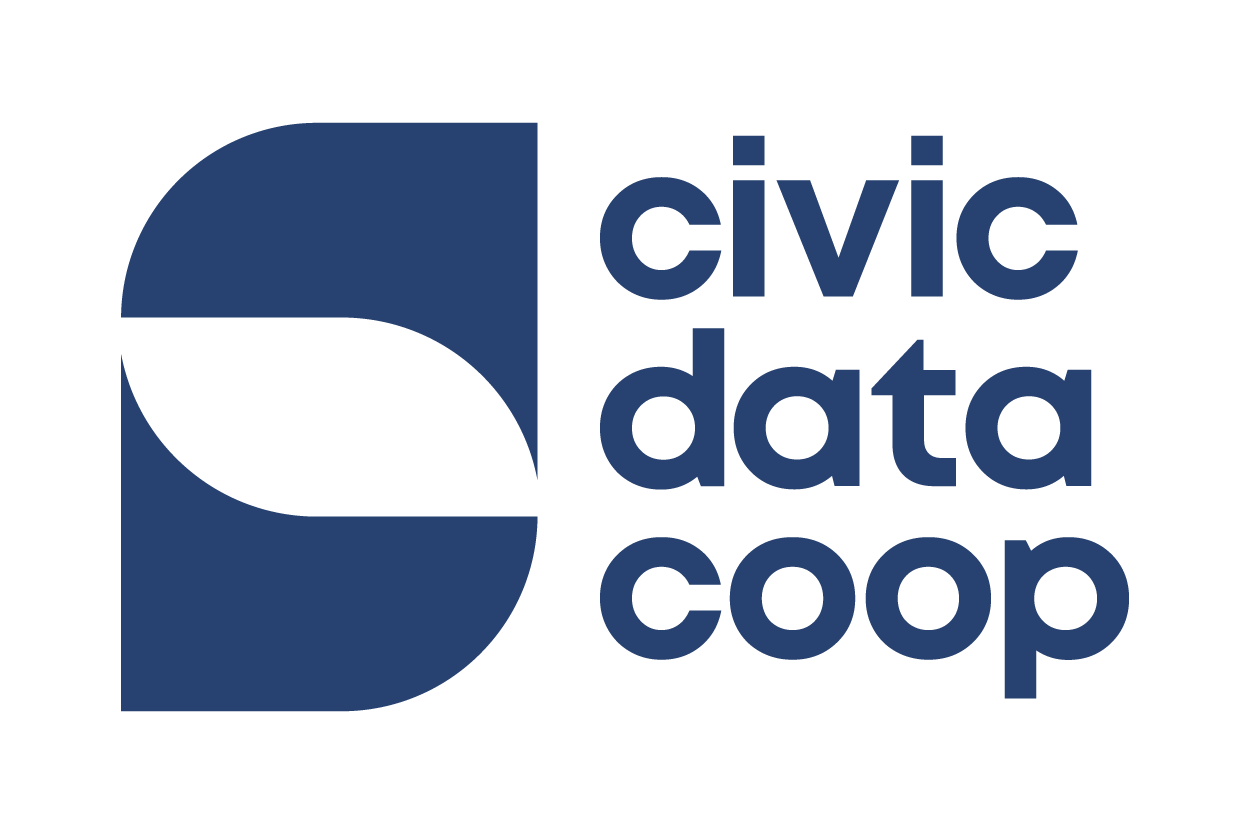Help & User Guide
Learn how to use the Liverpool City Region Digital Commons platform
Contents
Getting Started
Contributing Data
Best Practices & Help
Quick Links
Quick Start Guide
1. Find Data
Use our search tools to discover datasets relevant to your needs
2. Share Data
Upload your own datasets to contribute to the community
3. Create Views
Build charts, visualisations and views to explore data insights
Finding and Viewing Datasets
Searching for Data
Using the Search Bar
- Use the search bar at the top of any page to find datasets
- Enter keywords related to your topic of interest
- Use quotation marks for exact phrase searches (e.g., "population data")
- The search will show suggestions as you type
Advanced Filtering
- Visit the Datasets page to access advanced filters
- Filter by organisation, tags, format, or license
- Sort results by relevance, name, or last modified date
- Use multiple filters to narrow down your search
Pro Tip
Browse by organisation or groups to discover datasets from specific sources or topics
Viewing Dataset Details
Dataset Information
- Click on any dataset title to view its detailed page
- Review the description, tags, and metadata
- Check the license to understand usage rights
- See when the dataset was last updated
Downloading Data
- Scroll down to the "Data and Resources" section
- Click on any resource to download or preview it
- Data is available in various formats (CSV, JSON, XML, etc.)
- Some resources may have preview options available
Note
Always check the license before using data in your projects. Most data is open, but some may have specific usage requirements.
Uploading Your Own Datasets
Getting Started
Account Requirements
- Currently the platform is invite only. Please contact us to get access.
- Once registered, log in to access upload features
- You may need to join an organisation to publish datasets
Creating a New Dataset
Step-by-Step Process
Start Creating
Click "Add Dataset" from your dashboard or the main navigation
Fill in Details
Provide a clear title, description, and relevant tags for your dataset
Choose Organisation
Select the organisation that owns or publishes this data
Set Visibility
Choose whether the dataset should be public or private
Add Resources
Upload your data files or provide links to external resources
Adding Resources
File Upload
- Click "Add New Resource" on your dataset page
- Choose "Upload a file" to upload from your computer
- Supported formats: CSV, JSON, XML, PDF, XLS, and more
- Provide a clear name and description for each resource
External Links
- Choose "Link to a file" for external resources
- Provide the URL to your data source
- Useful for APIs, live data feeds, or large files
- Ensure the link will remain accessible
Creating Data Views and Visualisations
What are Data Views?
Data views are interactive ways to explore and visualise datasets. They help users understand data patterns and insights without needing to download the raw data.
Available View Types
- Data Explorer: Interactive table view with sorting and filtering
- Chart Builder: Create bar charts, line graphs, and pie charts
- Map View: Display geographic data on interactive maps
- Text View: Display text-based resources with formatting
Auto-Generated
Some views are automatically created based on your data format. You can also create custom views for specific insights.
Creating Custom Views
Step-by-Step Process
Access Dataset
Navigate to the dataset where you want to create a view
Add View
Click "Add View" button (available to dataset editors)
Choose Type
Select the type of view that best suits your data
Configure
Set up the view parameters, filters, and display options
Save & Share
Save your view and share it with others
Best Practices
Data Quality
- Use clear, descriptive titles and descriptions
- Include comprehensive metadata
- Choose appropriate tags and categories
- Ensure data is clean and well-formatted
- Provide data dictionaries when helpful
- Update datasets regularly
Privacy & Security
- Remove or anonymise personal information
- Check data sharing agreements and licenses
- Use appropriate visibility settings
- Consider data sensitivity levels
- Follow your organisation's data policies
- Document any data processing steps

